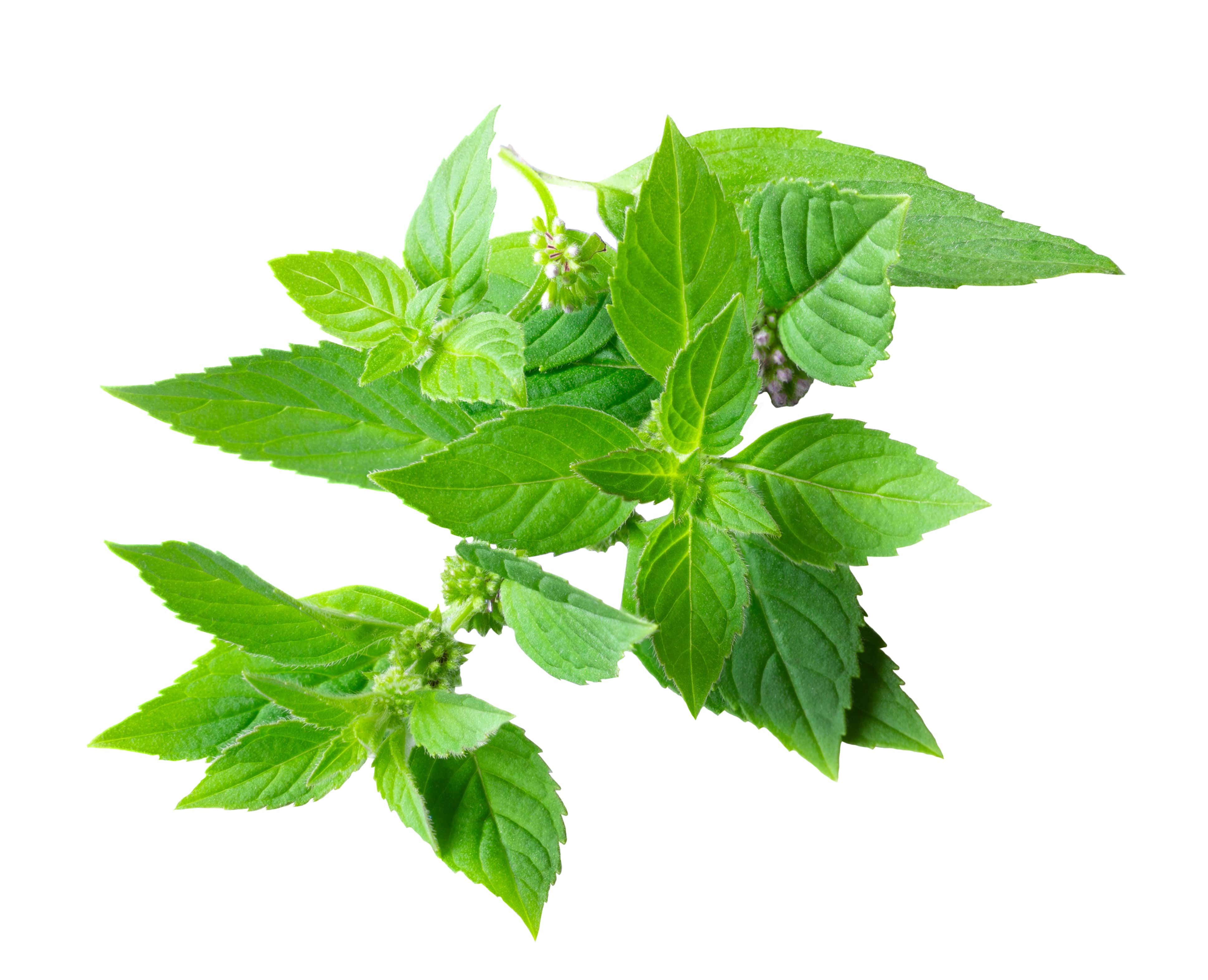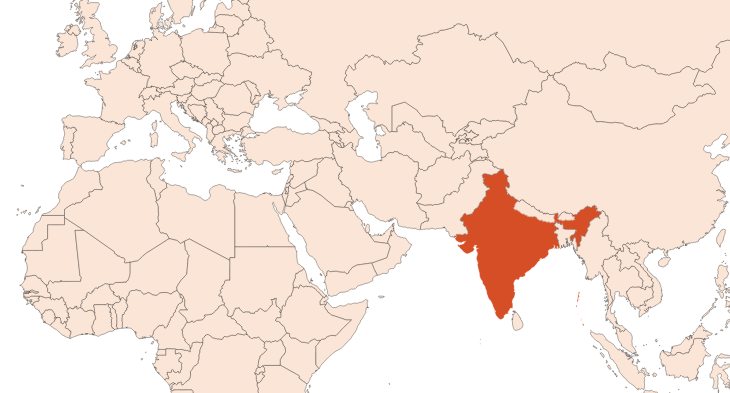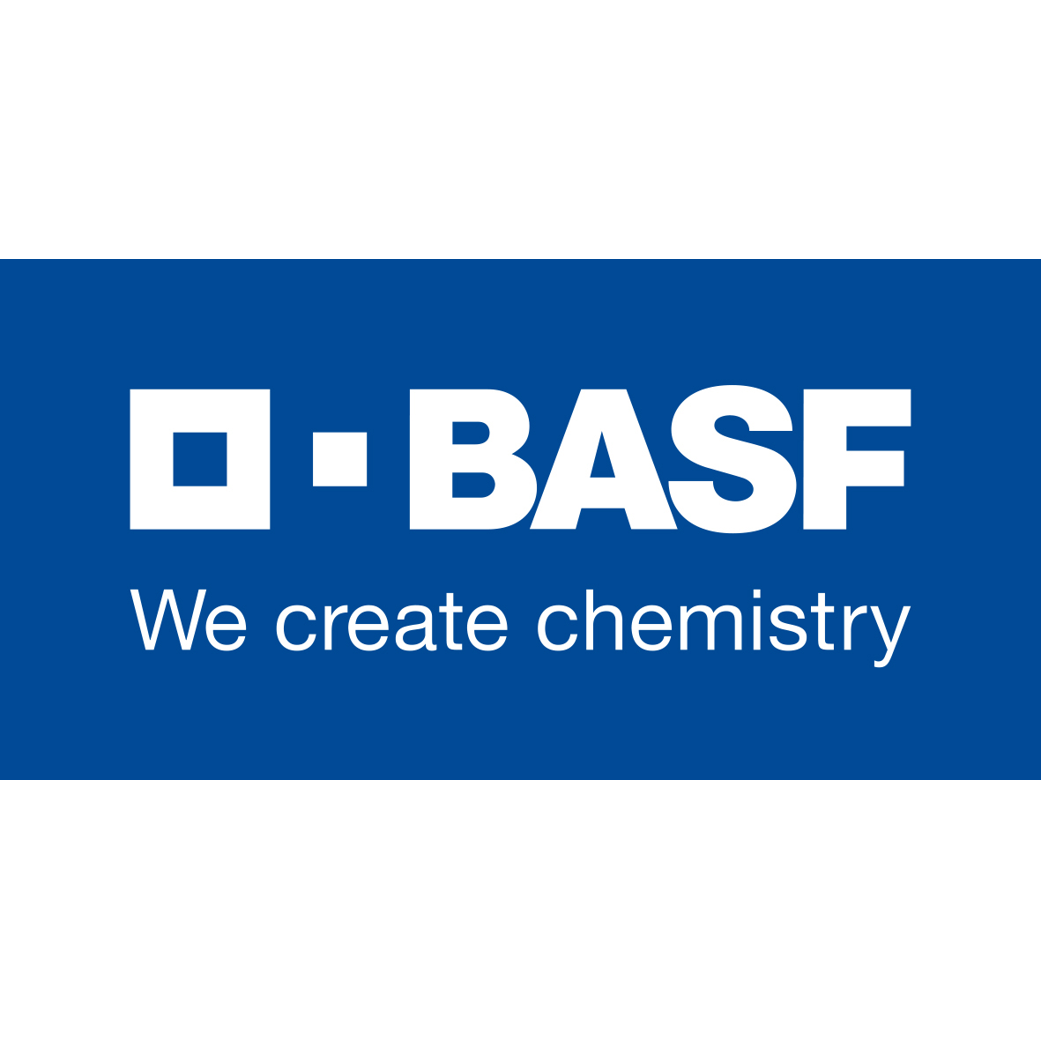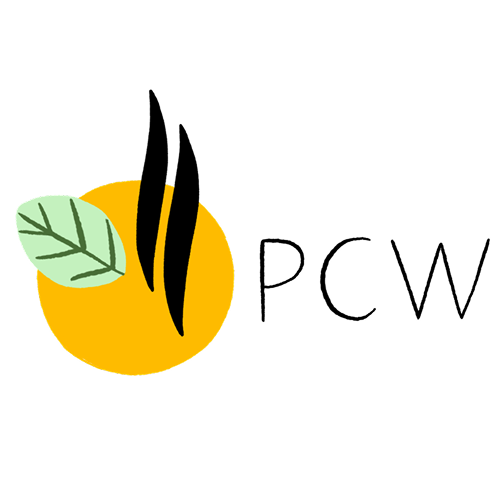
| Company | Ingredient Name | ID | Comments | Naturality | Certifications | MOQ | Latin name | Treated part | Geographical origin |
|---|---|---|---|---|---|---|---|---|---|
|
|
CORNMINT Rectified Essential Oil India | M_0063399 |
Visit website
|
Naturel | - | - | - | - | |
|
|
CORNMINT Rectified Essential Oil India Menthol 40 | M_0020309 |
Visit website
|
Naturel | - | - | - | - | |
|
|
CORNMINT Rectified Essential Oil India Menthol 80 | M_0055045 |
Visit website
|
Naturel | - | - | - | - | |
|
|
CORNMINT Rectified Essential Oil India Terpeneless | M_0064379 |
Visit website
|
Naturel | - | - | - | - | |
|
|
MENTHE DES CHAMPS BRUT | B630 |
Visit website
|
Huile essentielle |

|
- | Mentha arvensis L. | Sommité fleurie | Inde |
|
|
NATURAL MINT OIL C | 442FP24130 |
Visit website
|
Natural Extracts and Oils |

|
- | - | - | UK |
|
|
NATURAL MINT OIL FRESH TYPE | 442FP23945 |
Visit website
|
Specialities |

|
- | - | - | UK |
|
|
MINT ARVENSIS INDIA EO | - |
Visit website
|
- | 10 grs | - | - | - |
General Presentation
-
CAS N° :
68917-18-0 -
EINECS number :
91722-84-8 -
FEMA number :
4219
-
Volatility :
Head -
Price Range :
€€
Physico-chemical properties
-
Appearance :
Colorless liquid -
Density :
0,891 - 0,901 @20°C -
Refractive Index @20°C :
Data not available. -
Optical rotation :
-
Vapor pressure :
0.01 mmHg @20°C (68 °F) -
Flash Point :
76°C (168.8°F) -
Acid Value :
Botanical informations
Botanical name :
Mentha arvensis L.
Synonyms : Mentha agrestis Hegetschw. // Mentha angustifolia Schreb.
Botanical profile :
Mint is a perennial herbaceous plant belonging to the Lamiaceae family and the genus Mentha L.
The Lamiaceae family is the most important family in perfumery, notably including lavenders, basils, mints, sages, rosemaries, patchoulys, and thymes.
Chemotypes :
There are about 190 accepted species within the genus Mentha L., all growing in temperate and subtropical regions of the world.
In perfumery, we use several species and we can group them according to their main components:
Carvone mints:
- Mentha spicata L.: Mentha spearmint oil / Mentha spearmint SFE / Mentha spearmint absolute
- Mentha longifolia L.: Mentha longifolia oil
Menthol mints:
- Mentha ×piperita L.: Mentha piperita oil / Mentha piperita SFE / Mentha piperita absolute
- Mentha arvensis L.: Mentha arvensis oil
Pulegone mints:
- Mentha pulegium L.: Mentha pulegium oil
Linalool mints:
- Mentha aquatica L.: Mentha citrata oil, also known as “Eau de Cologne Mint”
- Mentha ×gracilis Sole: Mentha gracilis oil
Extractions & Uses
Extraction process :
Mint draws its essential oil from its leaves. When growing, it is usually possible to make two harvests on each foot. The plants are mown right before they bloom, and dried for 2 to 4 hours.
The essential oil is extracted by steam distillation for about 2 hours. It is collected in an essencier by decantation, at the refrigerant outlet, with a yield of about 0.5 to 1.2%.
Crystallized L-Menthol can be obtained from a deterpened mint EO (up to 50% weight / weight) as well as a dementholized EO (up to 30% w / w). For that, it is necessary to cool the EO to precipitate the L-Menthol. Then, it is separated by filtration and dried to be conditioned.
Uses in perfumery :
Used in aromatic notes to nuance citrus fruits. To be associated with a coumarinic base note. Also used in fougere and chypre-aromatic perfumes.
Stability :
Solubility issues in perfumes
The terpenes identified in this raw material can polymerize when they are oxidized
Major Components :
- L-Menthol (75 - 80%)
- Menthone (6 - 10%)
- D-Limonene (≈10%)
- Piperitone (≈1,5%)
- L-Carvone (≈2%)

Photo credits: ScenTree SAS
Other comments :
It is believed that the word ''mint '' comes from a Greek legend of the nymph Minthe, who caught the attention of Hades. Hades's wife, Persephone, who was jealous, allegedly attacked Minthe and locked her in a mint.
Mint is one of the plants with the easier hybridization: planting two mints side by side is enough to create a new variety.
IFRA
IFRA 51th :
This ingredient is not restricted for the 51th amendment
















